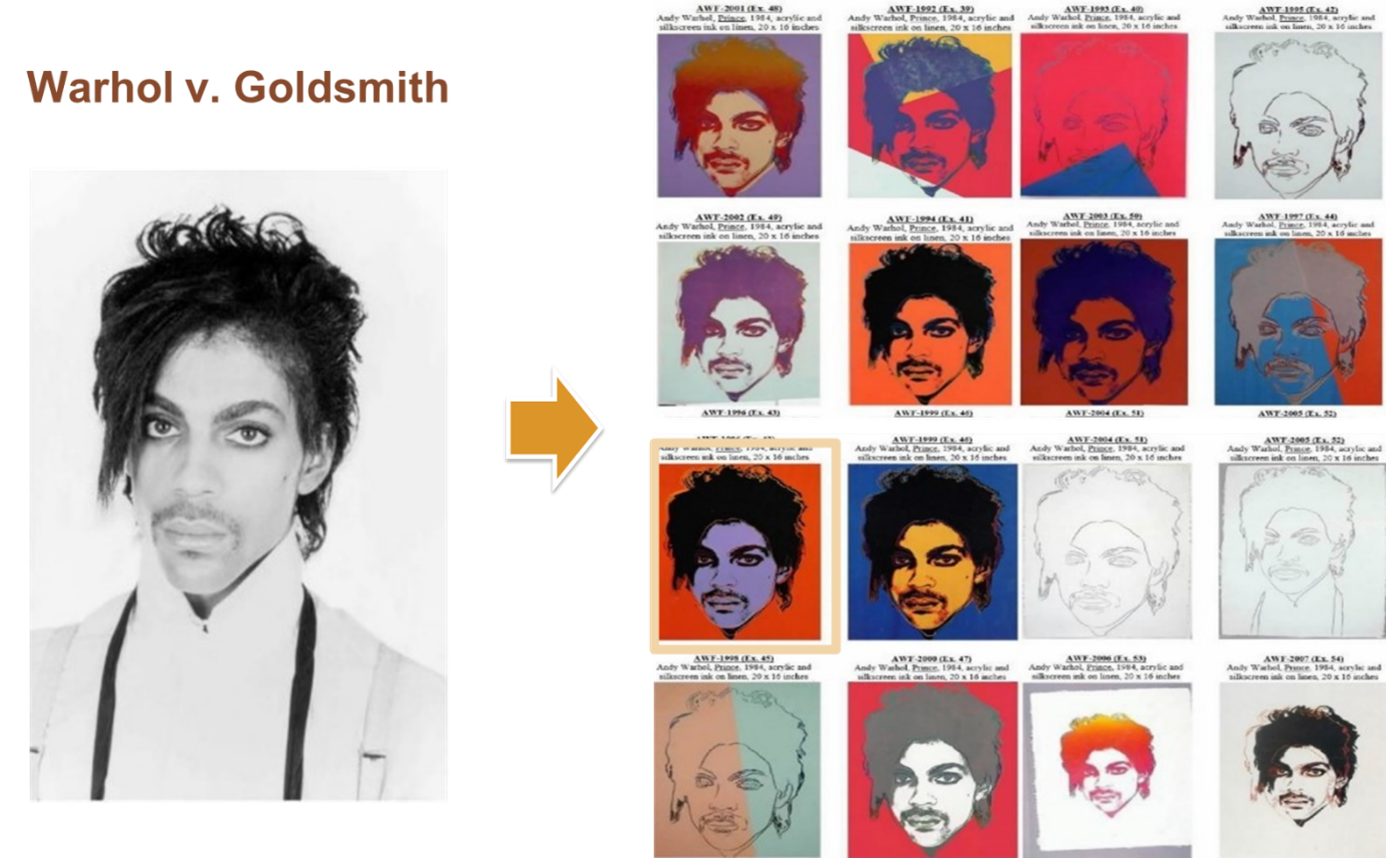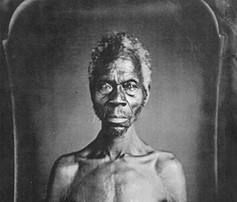Our second post of Day Three of the 10th Anniversary of Fair Use Week with a write up from Carla Myers, fair use expert and creator of the Kraemer Copyright Conference (now also celebrating 10 years this summer!) Join Carla as she explores the critical relationship between library reserve systems and fair use. -Kyle K. Courtney
Fair’s fair! Celebrating the Ongoing Impact of Fair Use on Course Reserve Services
by Carla Myers
At 175 words, the fair use statute is fairly short, especially when compared with other sections of U.S. copyright law. It’s impact on libraries and academia is tremendous though, especially when it comes to course reserve services, which play a critical role in connecting instructors and students with required and supplementary learning materials used for teaching, research, and the creation of new scholarship.
While physical works such as books and DVD’s are circulated via print reserves under the first sale doctrine, copies of protected works library staff make and circulate via reserve services are almost always made available under the auspices of fair use. For example, an instructor may wish to have students read a selection from a book in preparation for an in-class discussion. Working through the four factors of fair use, library staff decide that their photocopying of the selection would be considered fair under the law and circulate it to students.
During the heyday of print reserve services in the 1980’s and 1990’s it was not uncommon for libraries to make hundreds of readings available this way. With the emergence of electronic reserve services in the late 1990’s and early 2000’s, many of these readings shifted format, with PDF’s replacing photocopies and students bring able to engage with the readings any time of day from any place they had an internet connection. Later, technology emerged that allowed libraries to make film and music available to students and instructors via media reserve services. No matter the format, several key factors remained the same in fair use evaluations for works instructors were looking to make available via reserve services.
The purpose and character of the use…
The first factor of fair use will weigh heavily in the library’s favor when works are being made available via reserves for educational purposes that support the teaching and learning mission of the institution.
The nature of the copyrighted work…
While more creative works generally receive greater protection than fact based works, a variety of works many legitimately be used for teaching and, as such, the use of works of fiction, popular movies, etc. would not necessarily weigh against a finding of fair use.
The amount and substantiality of the portion used…
The third factor places no limits on the amount of a work that can be reused and be considered fair. There are numerous cases where the courts have found that the reuse of 100% of a work to be fair, and others where the reuse of small portions of a work have been found to be infringing. Here, a use is more likely to be considered fair if the instructor requests and the library makes available only as much of the work needed to effectively teach the lesson or illustrate a point.
The effect of the use upon the potential market…
When considering the fourth factor, staff will likely wish to determine if a license can be obtained for the excerpt the instructor is looking to make available via print, electronic, or media reserve and factor its availability (or lack of availability) into their analysis.
Though it took almost twelve years to reach its conclusion, the Georgia State electronic reserves case confirmed that fair use, when thoughtfully exercised, can be used by libraries providing reserve services to their campus communities. In 2008, Cambridge University Press, Oxford University Press, and Sage Publications, with financial backing from the Copyright Clearance Center and the Association of American Publishers, filed suit against Georgia State University (GSU), claiming they had infringed copyright by posting selections from books they published to their library’s electronic reserves system and requesting, among other things, an injunction from the court to force GSU to stop making them available. The case was litigated over twelve years, and in 2020 GSU was declared to be the prevailing party. Of the original 99 claims of infringement put forward by the publishers, the judge ruled that 89 were fair uses. I encourage readers to review the opinions in this case as they provide interesting insights into conducting fair use analyses. They can be found alongside articles and resources summarizing the case on this LibGuide developed by Laura Burtle, Associate Dean for the Georgia State University Library.
Now Controlled Digital Lending (CDL) provides libraries with an opportunity to expand reserve services even farther by circulating full digital copies of works “in place of a physical one in a controlled manner.”[1] This an exciting development in general, but especially for those students enrolled in online degree programs as it can allow them to fully engage with the library’s print collection in a timely manner, whereas before they often had to rely on books traveling to them via the mail though home delivery services offered by libraries. Making course materials available via CDL also offers an alternate option for engaging with resources to students whose health and wellbeing may present them from leaving home at times, or who find themselves facing a personal or family emergency that results in unexpected travel away from campus. The legal theory behind CDL includes fair use, building upon the ways in which libraries have exercised this user right to connect patrons with services and resources.
 Much of my professional career has been spent supporting reserve services and answering questions about the related copyright issues. I’m excited to share that in the fall of 2022 I published book on this very topic, Copyright and Course Reserves: Legal Issues and Best Practices for Academic Libraries, from Libraries Unlimited (978-1-4408-6203-8). One of the largest chapters is devoted to fair use, and I hope it will be helpful to those working in libraries looking to better understand how to exercise this user right.
Much of my professional career has been spent supporting reserve services and answering questions about the related copyright issues. I’m excited to share that in the fall of 2022 I published book on this very topic, Copyright and Course Reserves: Legal Issues and Best Practices for Academic Libraries, from Libraries Unlimited (978-1-4408-6203-8). One of the largest chapters is devoted to fair use, and I hope it will be helpful to those working in libraries looking to better understand how to exercise this user right.
When talking about fair use I always encourage folks to stick to the four factors when making their determination, avoiding arbitrary ‘guidelines’ that have nothing to do with the law (e.g., that fair use only allows you to reuse 10% of a work). However, I will tell those working in libraries that when making fair use determinations we also need to remember our mission and ensure we’re not letting fear of litigation prevent us from fully exercising rights granted to us by Congress in copyright law. In the few fair use cases brought against libraries (in which almost all the libraries have been the prevailing party!) the courts have viewed favorable thoughtful applications of fair use that balance the rights granted to creators of copyrightable work under the law and patron needs. There will be times when staff need to say “this request goes beyond the scope of fair use and we can’t make this work available through electronic reserves” though other options almost always exist, such as circulating a physical copy of the work via print reserves under the first sale doctrine. Hopefully, more often, after making a thoughtful fair use determination, library staff will find they can say “this request seem fair and we can make it available via reserve in support of our mission and that of our educational institution.”
Carla Myers serves as Assistant Professor and Coordinator of Scholarly Communications for the Miami University Libraries. Her professional presentations and publications focus on fair use, copyright in the classroom, and library copyright issues
[1] Bailey, L., Courtney, K. K., Hansen, D., Minow, M., Schultz, J., & Wu, M. (2018, September). Position statement on Controlled Digital Lending. https://controlleddigitallending.org/statement




